The first Polydrop trailer was designed in 2017 and launched in 2019 with the goal of offering unparalleled thermal efficiency so that users could remain comfortable in both hot and cold environments. The cabin of the first trailer was constructed from a wooden frame, with 8.2 inches of foam insulation encased in an aluminum skin. Continuing to innovate on this initial model, Polydrop changed its construction methods for 2020, offering a trailer built with foam-core, structured panels that are basically foam insulation sandwiched between an FRP sheet on one side and an aluminum skin on the other. This newer design minimized thermal bridging along the walls and panel junctions, increasing thermal efficiency. The 2020 Polydrop trailer also saw the addition of an all-electric HVAC system that was powered by a LiFePO4 battery.
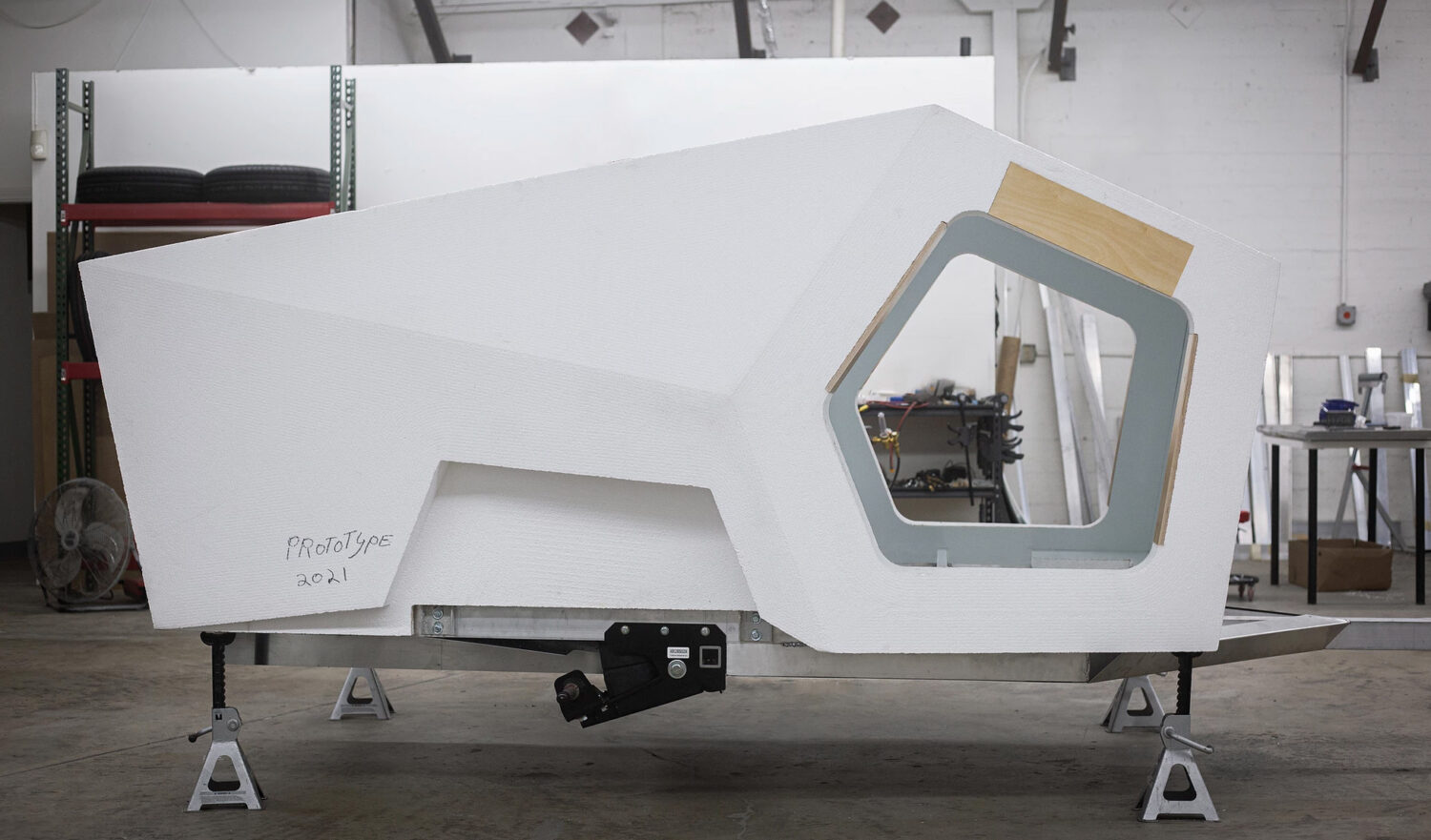
Continuing to innovate on its unique designs from the last four years, Polydrop has just released its updated 2021 trailer, known as the P17A. The name immediately makes me think of an interstellar sleeping pod, and in a way, that’s kind of the idea (minus the space travel). Their 2021 trailer is compact and optimized to deliver comfortable, climate-controlled accommodations in hot or cold environments so that you can rest easy and recharge for your next adventure (or day of driving). With an integrated 2.4-kilowatt-hour LiFePO4 battery that powers an all-electric HVAC system and R14 insulation, there is no denying that the Polydrop P17A is a little different than most other travel trailers in regards to its climate control.
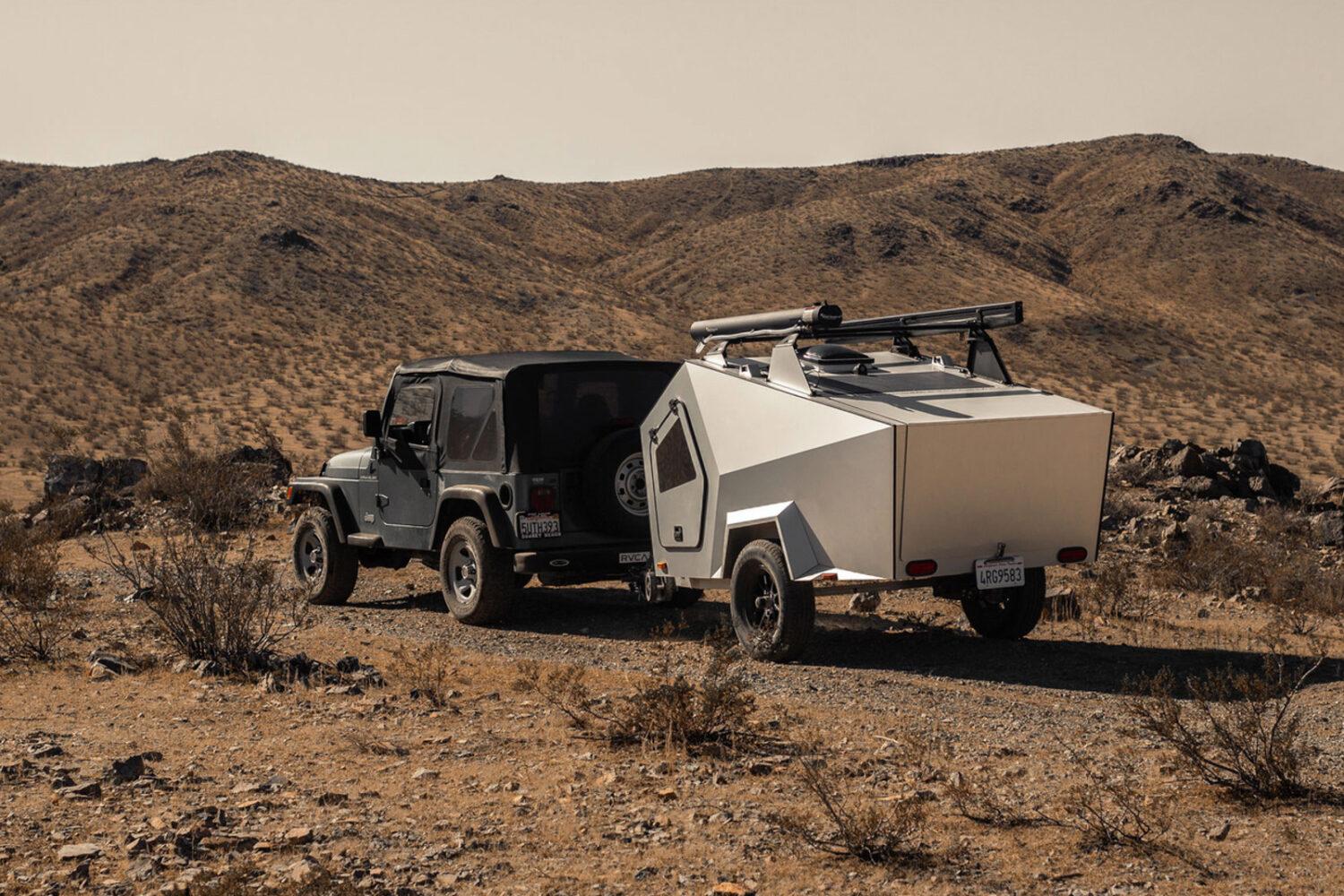
Standard Features of the Polydrop P17A Travel Trailer
The P17A base model is simple: a climate-controlled sleeping cabin with a battery-powered HVAC system. However, the integrated batteries and solar panels can be upgraded, and additional features like a kitchenette and stereo can be added based on the needs of the user.

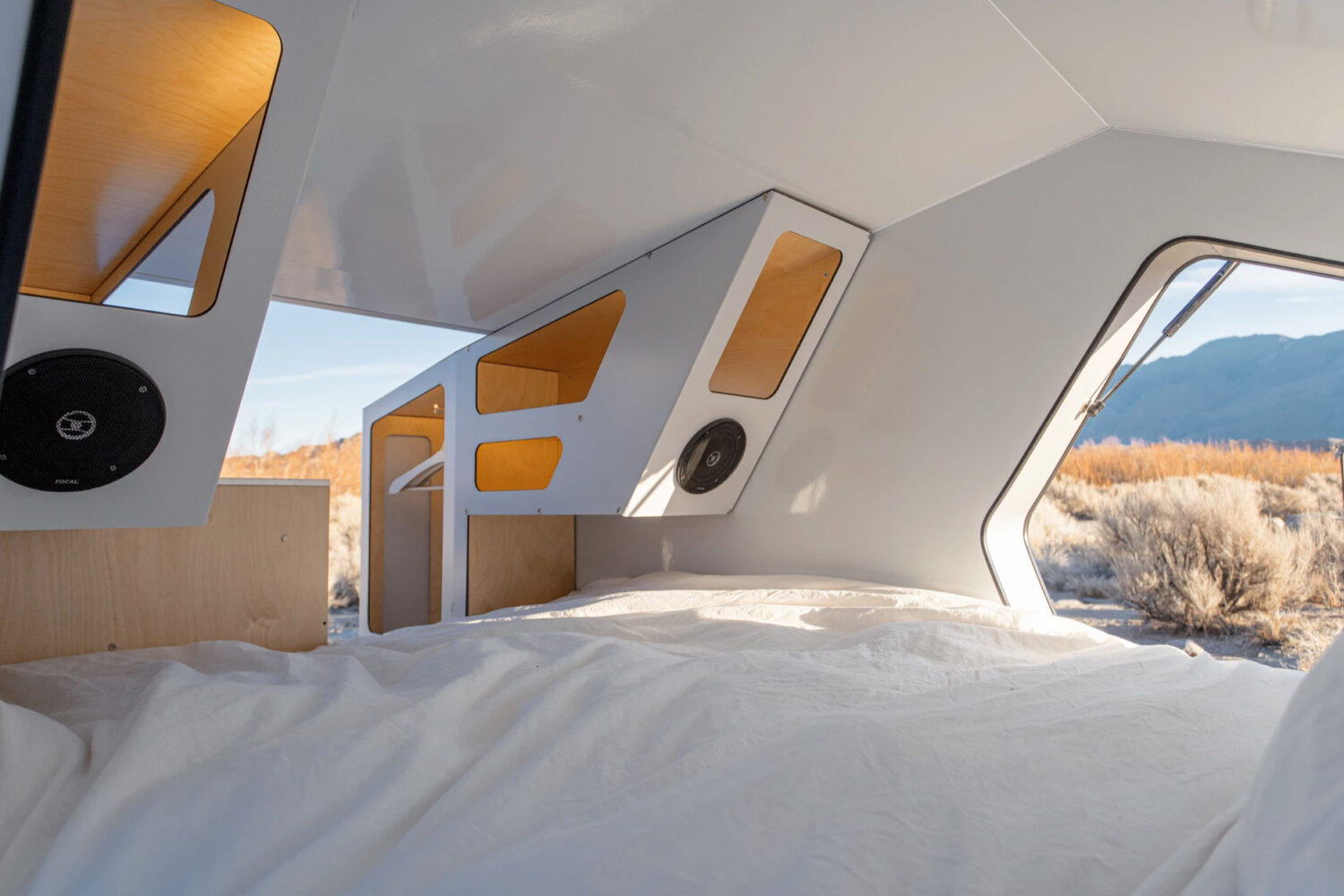

The P17A comes standard with Timbren axle-less independent suspension, an F1-inspired aero underbody, 175/80/13 tires, a Fulton F2 swivel jack, 4-pin wiring harness connector, full-sized mattress, LED interior lighting, and clothing storage.
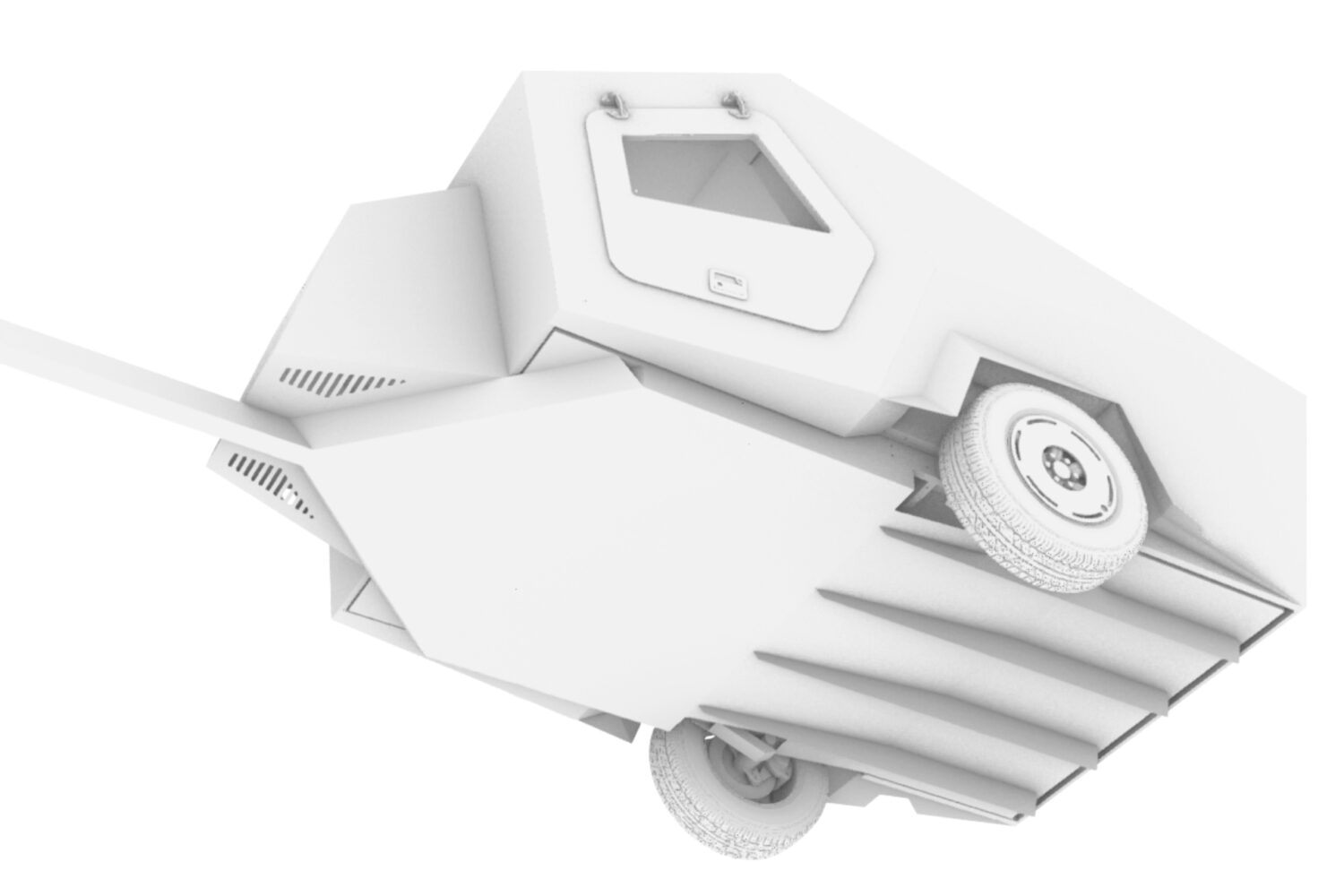
Integrated Battery: The standard 2.4-kilowatt-hour battery, which is integrated into the floor of the trailer, can be upgraded to a maximum (and massive) 12-kilowatt-hour capacity, providing up to six nights of climate-controlled accommodations without being recharged.
Solar Panels: The trailer’s onboard batteries charge via 260 watts of roof-mounted solar panels (upgradable to 520 watts) and an MPPT charge controller or via a 110-volt charging port.
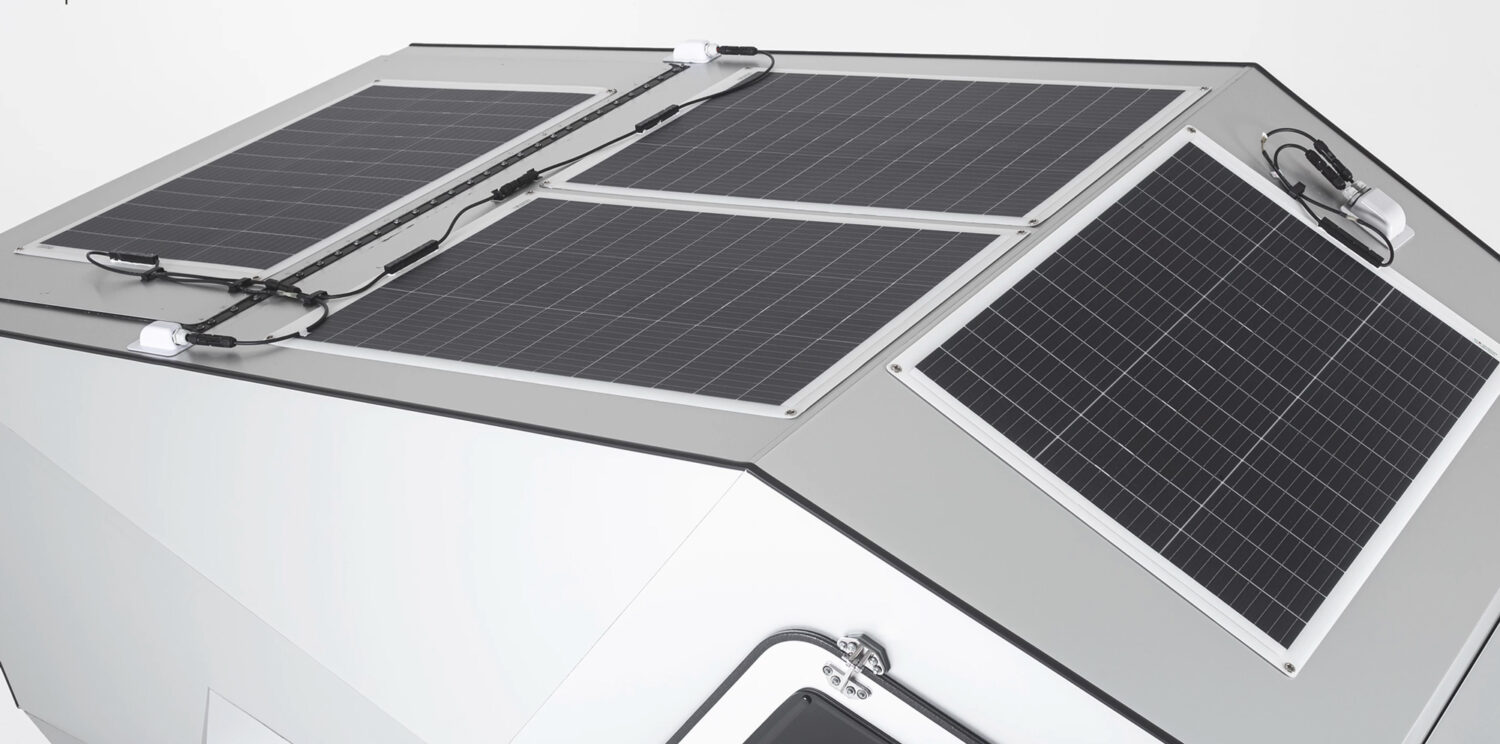
AC Power: A 1250-watt Pure sine-wave AC inverter delivers power for charging devices in the trailer cabin.
Optional Upgrades
Kitchenette Module: The kitchenette module consists of a 20-liter Dometic refrigerator, a 1,300-watt induction cooktop, 1.6-gallon freshwater tank, and graywater cubes with a hand pump faucet and 10-inch sink, a flatware tray, two storage boxes, and an aluminum counter-top.

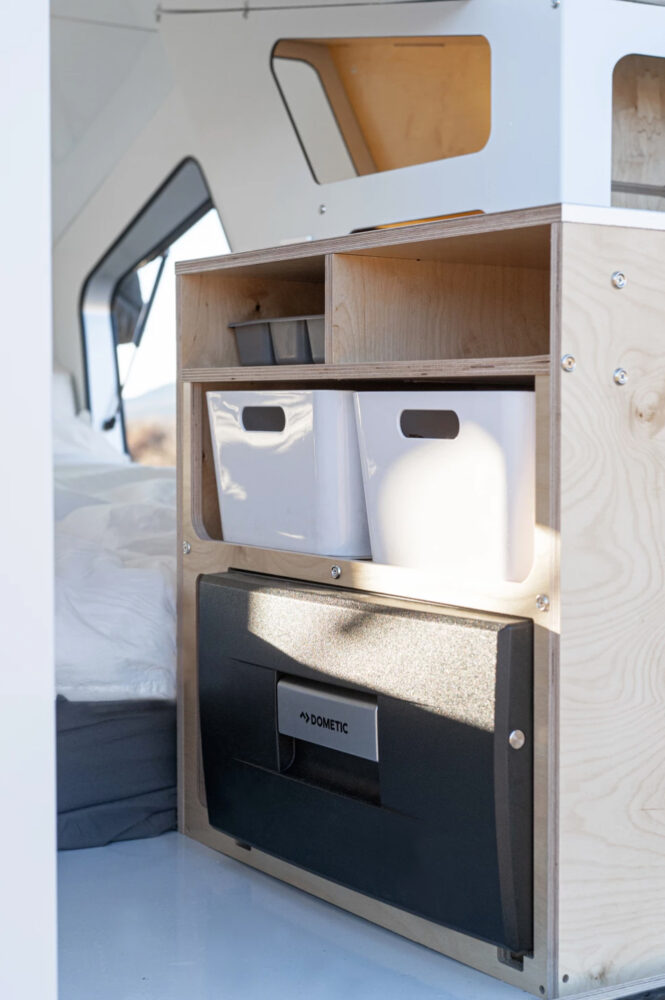
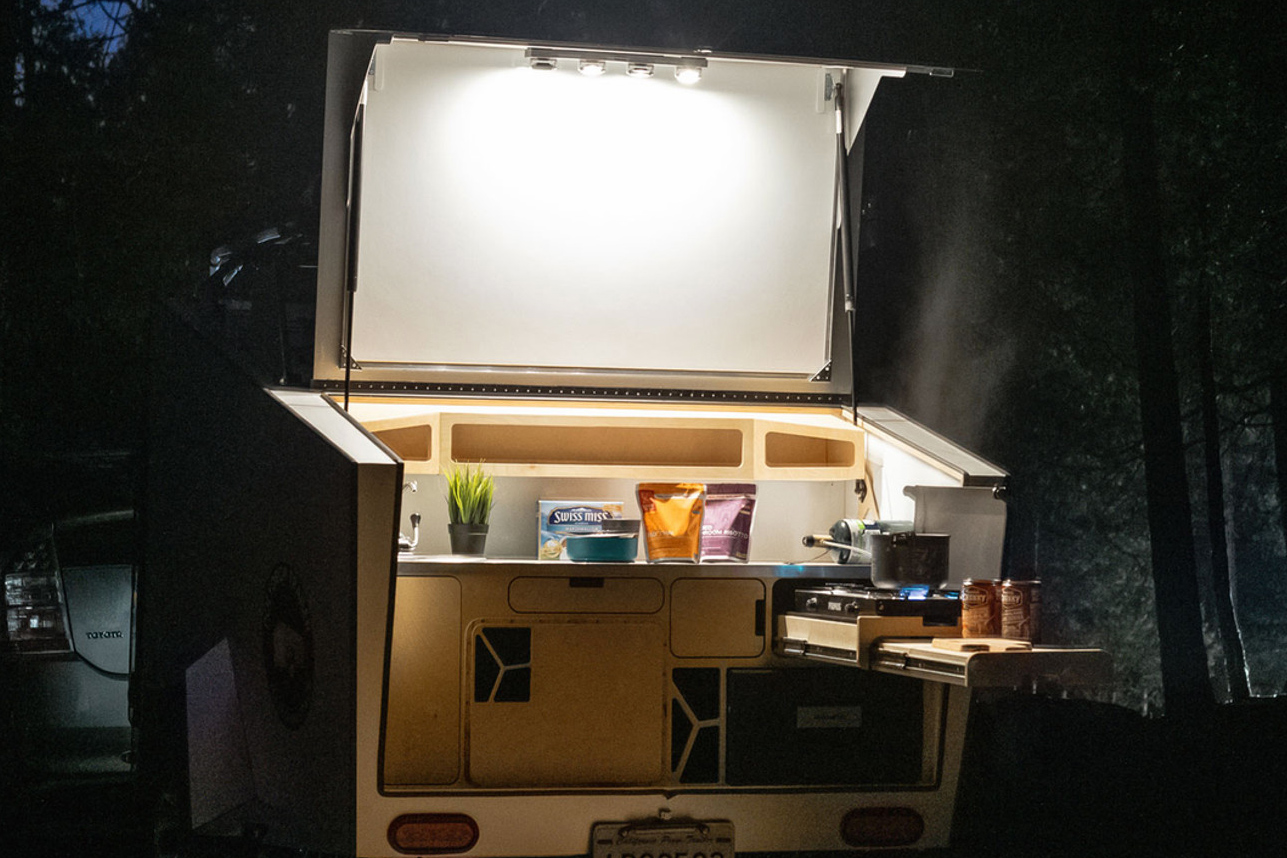
Bluetooth-ready Stereo: A stereo module consisting of focal two-way coaxial speakers and a Bluetooth 5.0 2-channel amplifier/receiver with bass and treble control.
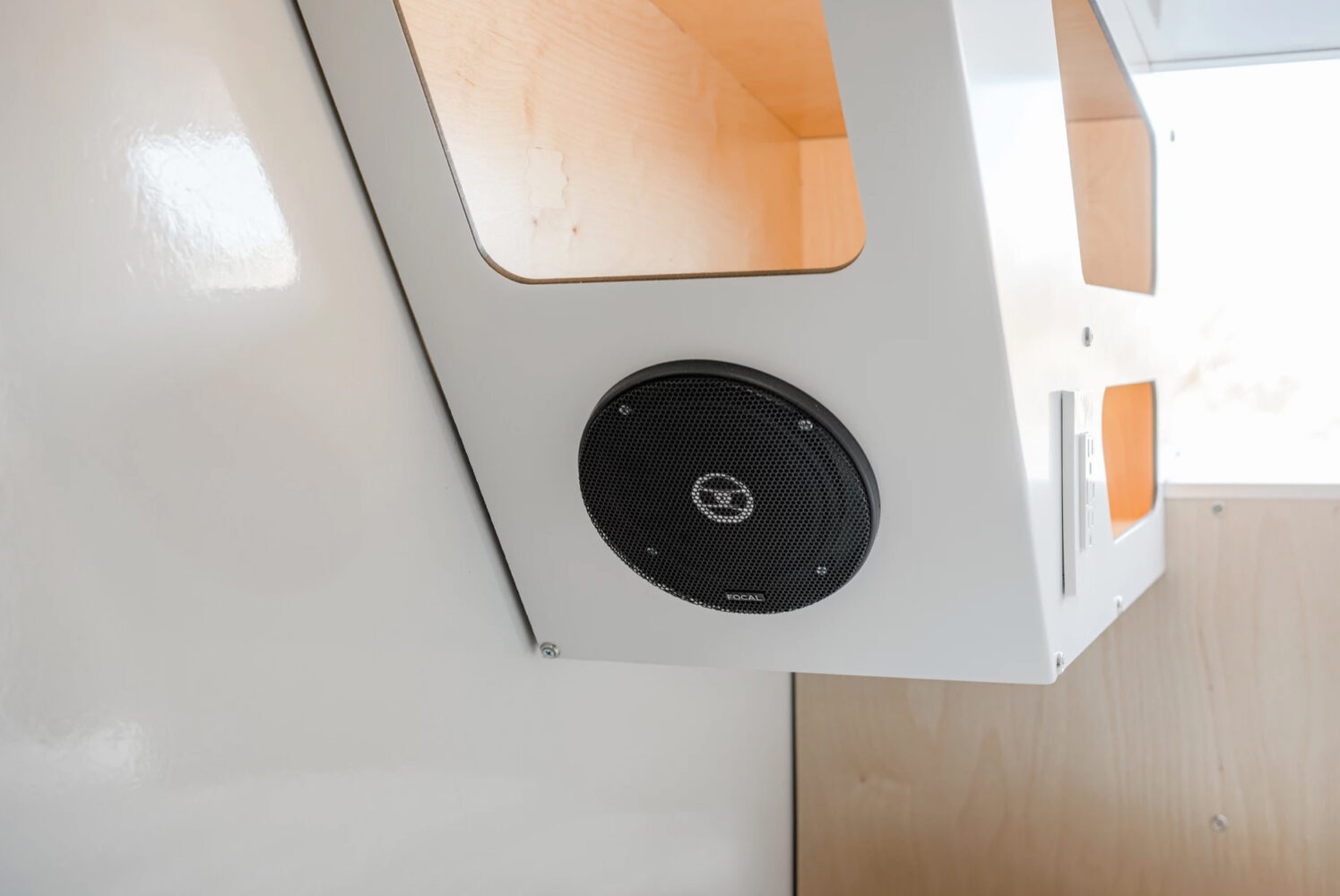
Dimensions and Weight
The Polydrop P17A was designed to be towable by all but the smallest vehicles with a 1,200-pound dry weight and 140-pound tongue weight.
Length: 13 feet, 7 inches
Exterior Width: 6 feet
Exterior Height: 5 feet, 3 inches


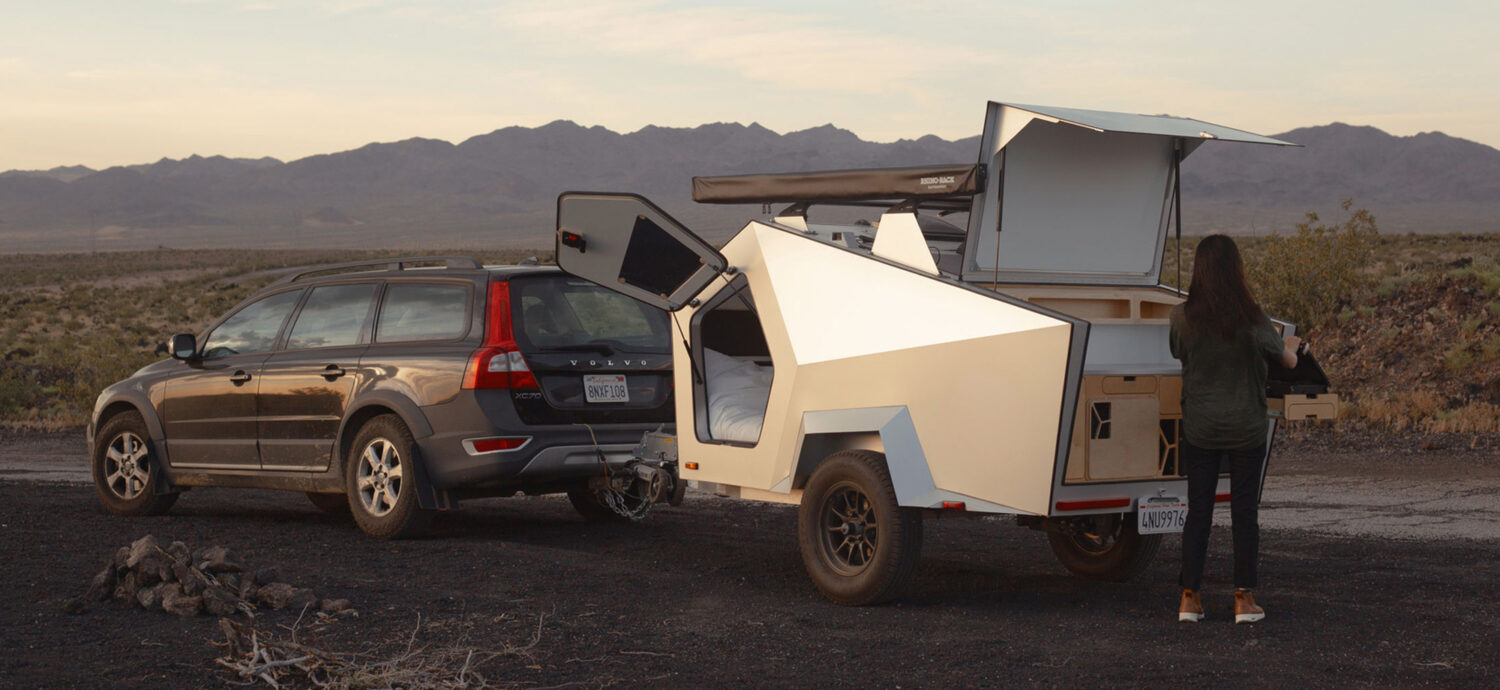
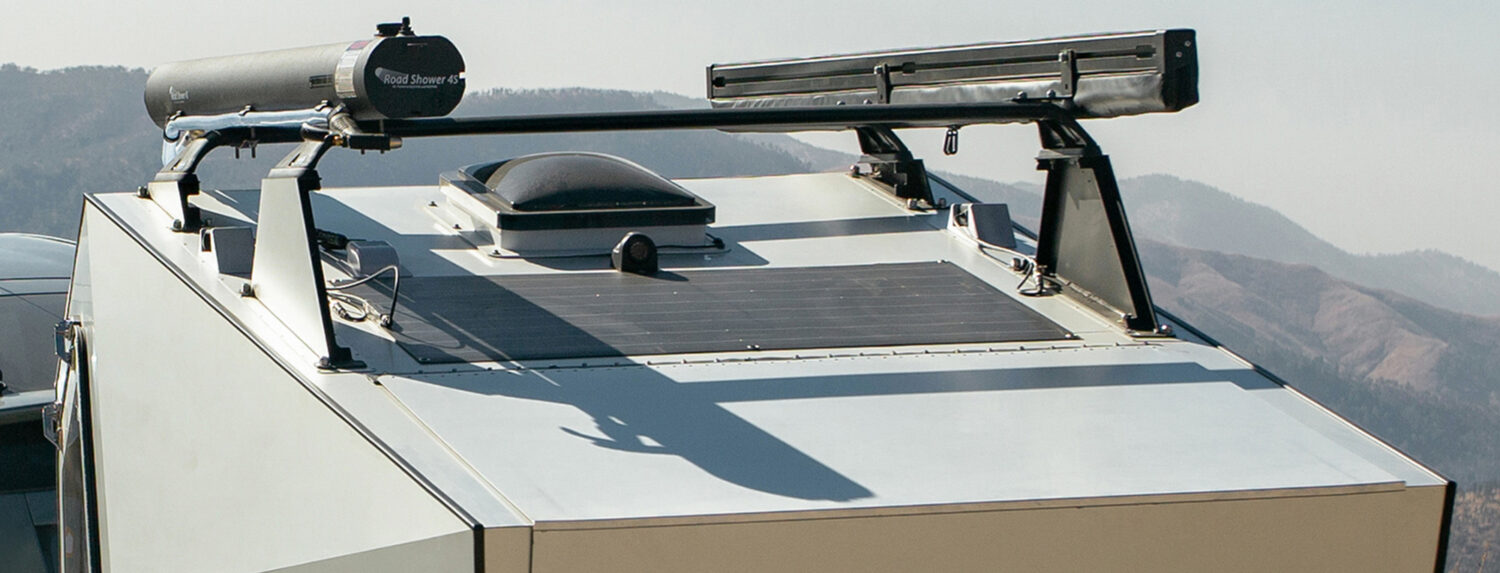

The P17A travel trailer from Polydrop starts at $24,990, and the price quickly climbs to $36,140 with all available upgrades.
Learn more about the P17A on the Polydrop website here.
Our No Compromise Clause: We carefully screen all contributors to make sure they are independent and impartial. We never have and never will accept advertorial, and we do not allow advertising to influence our product or destination reviews.


